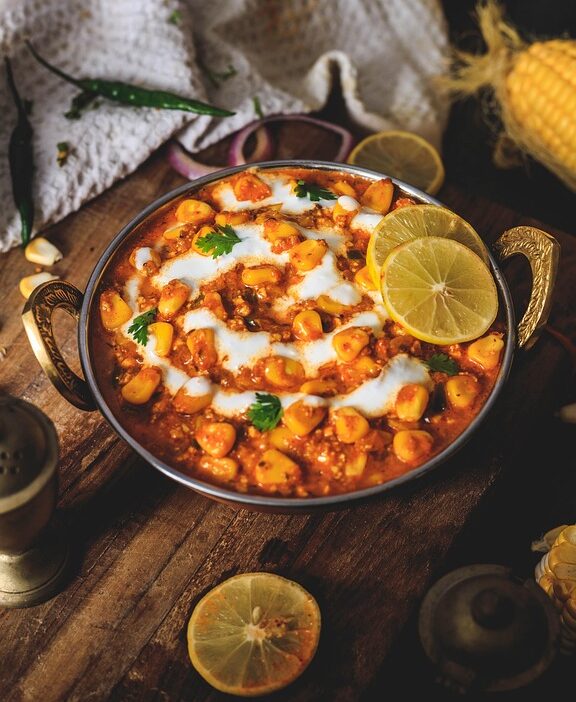India’s culinary landscape is a kaleidoscope of flavors, spices, and traditions, drawing on a rich tapestry of history influenced by diverse cultures, religions, and regional ingredients. Each dish tells a story, revealing the nuances of Indian life and heritage. From the vibrant street food of Delhi to the royal feasts of Rajasthan, a culinary journey through India is not just about taste; it is a feast for the senses.
The Spice Bazaar: India’s Flavor Palette
At the heart of Indian cuisine is the spice. Known as the "Land of Spices,” India produces some of the world’s most sought-after spices, including cardamom, saffron, turmeric, and cumin. The vibrant spice bazaars, such as those in Old Delhi or Kolkata, are a visual delight with piles of colorful spices spilling onto the streets. The aromatic blend of spices is fundamental to Indian cooking, transforming ordinary ingredients into extraordinary dishes.
Each region boasts its own unique spice mix. For example, the fiery "sambar powder" of South India, the aromatic "garam masala" of North India, and the vibrant "chaat masala" popular in street snacks reflect local tastes and traditions.
Regional Delicacies: A Tantalizing Mosaic
North India
In North India, the food is often hearty and varied. The famed butter chicken from Punjab, rich with cream and tikka spices, is a staple in many households. Street food plays a significant role here, with chaats, samosas, and jalebis offering a delightful experience for food lovers.
South India
Traveling south, the cuisine changes dramatically. The dosas, thin rice crepes served with a variety of chutneys, and sambars create a symphony of flavors. A traditional South Indian meal is typically served on a banana leaf, showcasing an array of flavors, textures, and colors.
East India
In the eastern part of the country, Bengali cuisine shines with its emphasis on fish, rice, and lentils. Dishes like "shorshe ilish" (hilsa fish in mustard sauce) and "macher jhol" (fish curry) highlight the region’s culinary prowess. The sweetness of Bengali desserts, especially "rosgulla" and "mishti doi," adds another layer of flavor to its cuisine.
West India
West India is synonymous with vibrant flavors and diverse ingredients. The bold spices of Maharashtrian cuisine, exemplified by "puran poli" and "vada pav," mix seamlessly with the coastal flavors of Gujarati thalis and Goan seafood curries. Each meal is a celebration of the land’s bounties.
Culinary Traditions: The Cultural Connection
Food in India is deeply entwined with social customs and traditions. Festivals often revolve around specific dishes, from the sweet "modaks" during Ganesh Chaturthi to the elaborate meals prepared for Diwali.
Family gatherings are often highlighted by the act of cooking and sharing meals together. Traditional cooking methods emphasize slow cooking, enhancing the flavors and aromas of the ingredients. The art of making roti or naan is often passed down through generations, turning meal preparation into a cherished family activity.
The Evolution of Indian Cuisine
As India’s culinary scene continues to evolve, fusion cuisine has begun to flourish. Chefs are experimenting with traditional recipes, incorporating global influences while paying homage to their roots. Modern Indian restaurants showcase innovative dishes that retain the essence of traditional flavors but cater to contemporary palates.
Conclusion
Embarking on a culinary journey through India is a delicious exploration of spices, flavors, and traditions. It’s more than just a meal; it’s an experience that brings people together, preserves cultural heritage, and connects us to the land. From street food stalls to lavish thalis, every bite tells a story of history, resilience, and celebration. Whether you’re savoring a simple bowl of dal or indulging in a multi-course banquet, Indian cuisine invites you to celebrate life, one flavorful dish at a time.



